33 Antarctic Species We Love and Must Protect: Part 1
Counting down to CCAMLR
The Southern Ocean waters around Antarctica are home to more than 9,000 species, all of which have adapted to life in one of the harshest climates on Earth. Today, however, many are in trouble.
Climate change and increased fishing pressure are altering the balance of this fragile ecosystem. Many species that have thrived in these waters for thousands of years may struggle to adapt to rapid change. That includes predators such as penguins and Antarctic toothfish that must hunt longer and farther for food because sources are being depleted.
But this October, 24 countries and the European Union can change the course for Antarctic waters. From Oct. 20-31, the Commission for the Conservation of Antarctic Marine Living Resources (CCAMLR) will meet in Hobart, Tasmania, and members have a chance to determine the fate of species living in huge swaths of the Southern Ocean.
For the fourth time in three years, CCAMLR will discuss proposals to create marine reserves in the Ross Sea and waters off East Antarctica. If established, the reserves would be among the largest protected areas in the world.
In 33 Antarctic Species We Love and Must Protect,The Pew Charitable Trusts and the Antarctic Ocean Alliance are featuring some of the most fascinating creatures in the Southern Ocean. The report highlights 33 species to mark the 33rd annual meeting of CCAMLR. From tiny zooplankton to massive whales, these species represent just a fraction of the diversity of life these waters sustain.
Explore our countdown of some of these incredible species to get a better understanding of why they need protection now:
33. Weddell Seal
These skilled predators can dive for more than an hour and reach depths greater than 600 meters (1,900 feet), using underwater sounds to stun and capture prey.
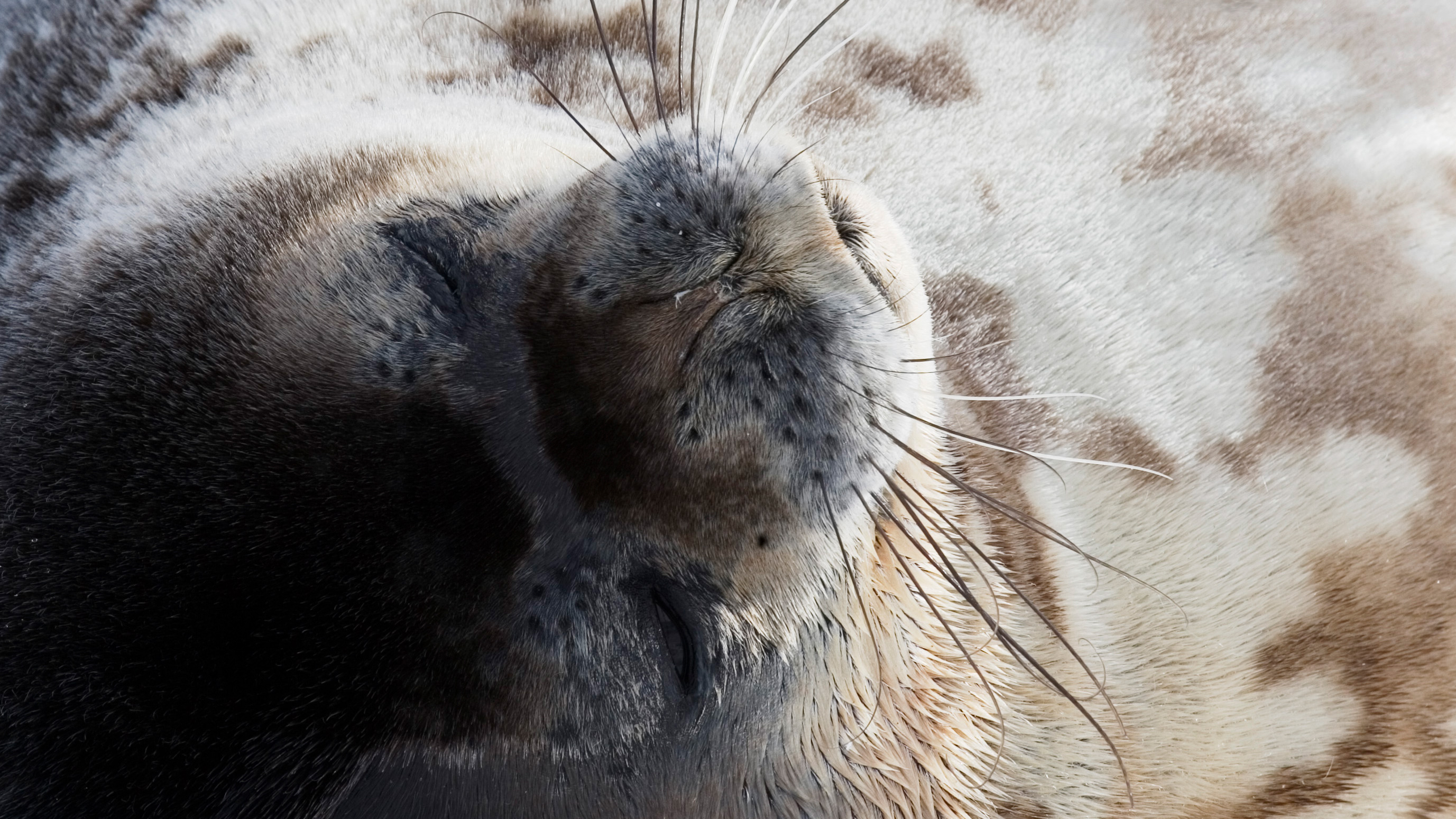 © John B. Weller
© John B. Weller32. Emperor penguin
The largest of all penguins, emperors can grow to nearly 1.15 meters (almost 4 feet), weigh up to 40 kilograms (over 80 pounds), and dive as deep as 565 meters (1,800 feet). They are the most ice-dependent of all penguin species, relying on sea ice to breed and raise their young. Climate change could have a disastrous impact on these penguins: The population of some colonies is projected to decline by 81 percent by 2100.
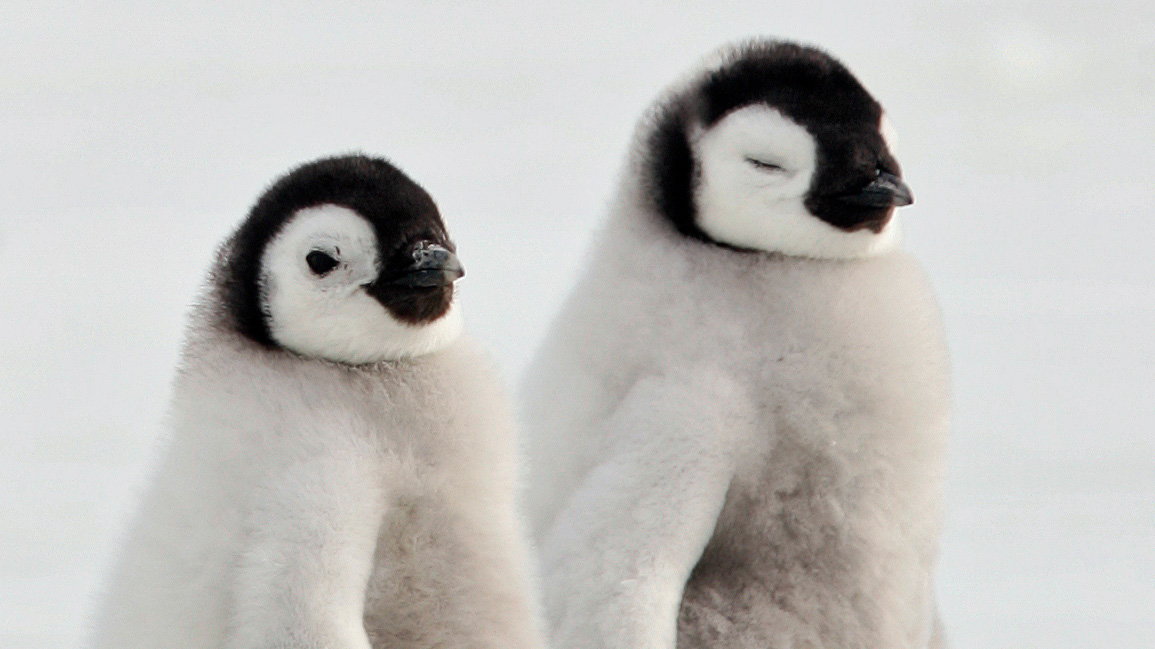 © iStockphoto
© iStockphoto31. Grenadier
These fish are often called rattails. Little is known about them, but they are a long-lived, slow-growing species, traits that make them particularly vulnerable to overfishing. In toothfish fisheries, grenadiers are often pulled up unintentionally from the bottom of the ocean and thrown away as bycatch.
30. Minke whale
Antarctic minke whales have been observed migrating as far north as the Arctic. They feed mainly on krill under sea ice and could be at risk if climate change continues to diminish the extent of ice cover or reduces the krill population.
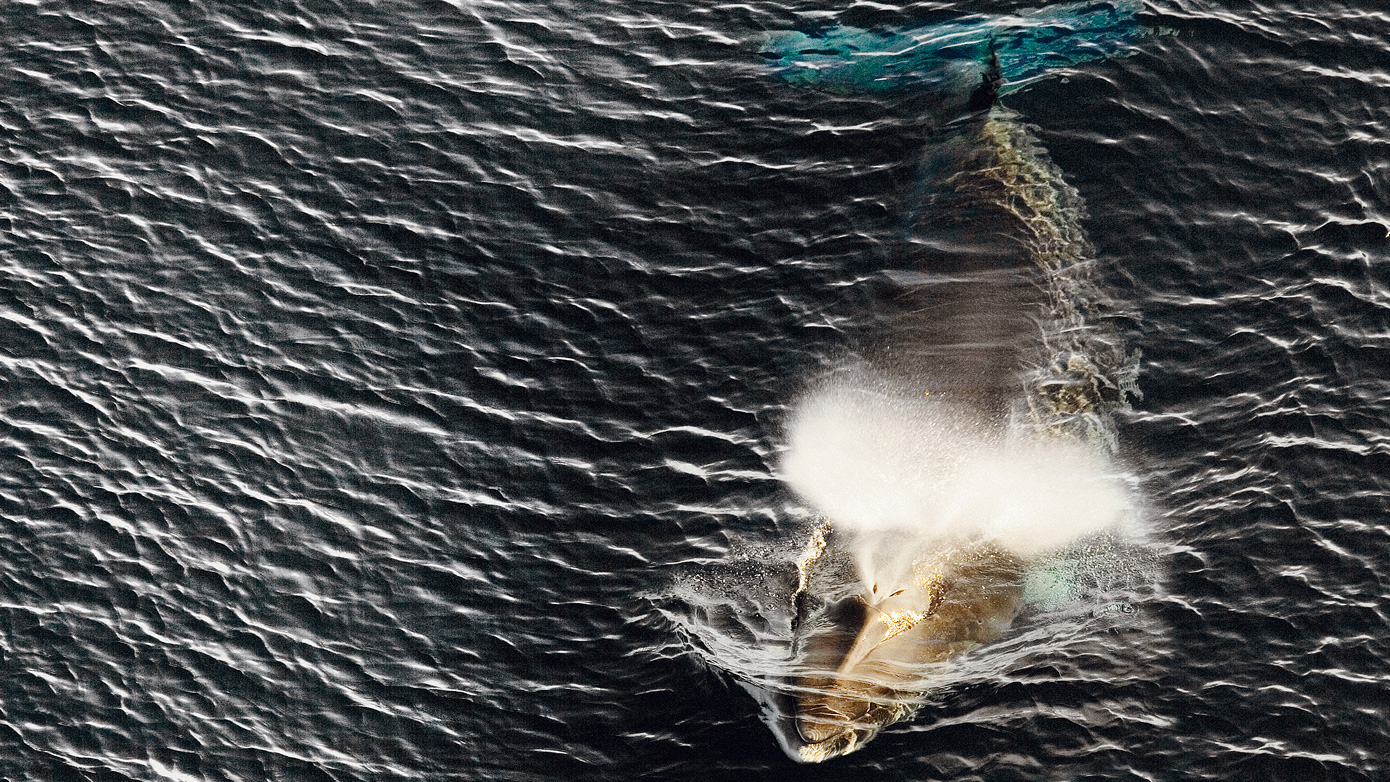 © John B. Weller
© John B. Weller29. Antarctic eel cod
Despite their name and appearance, Antarctic eel cods are not really eels at all. They are able to survive Antarctic temperatures because of antifreeze compounds in their bloodstream.
28. Snow petrel
The beautiful snow petrels breed farther south than almost all other birds. Their thick feathers protect them from wind and icy water.
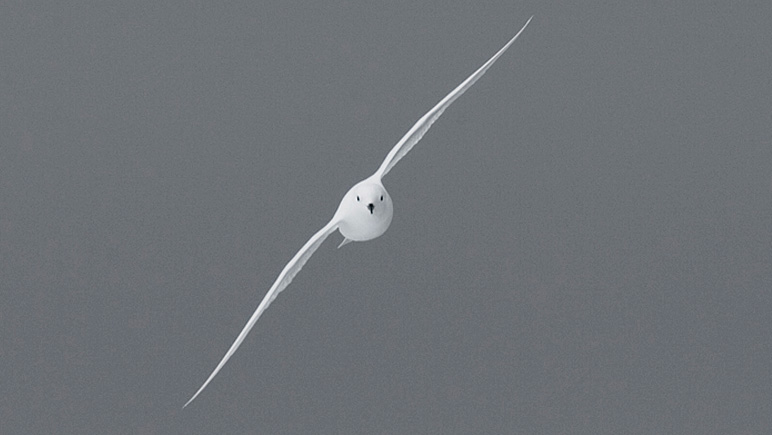 © John B. Weller
© John B. Weller27. Cold water corals
More commonly associated with tropical regions, corals are also found in Antarctic waters. Some Southern Ocean corals have adapted to deep, frigid water by giving off chemical reactions to deter predators. Even more astonishingly, one species of coral, Gersemia antarctica, eats ocean sediment by bending over to feed and straightening up again.
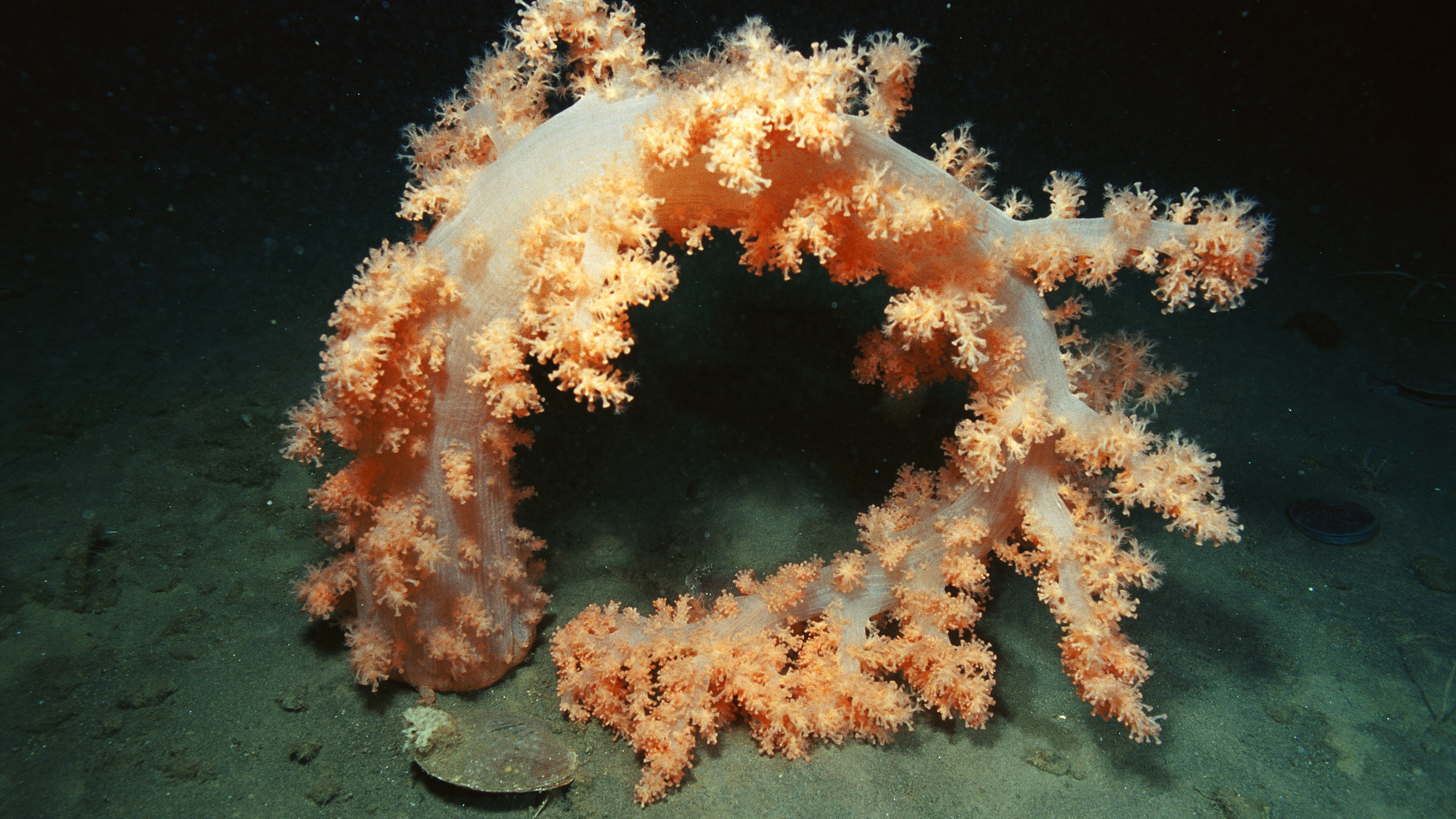 © Getty Images/Minden Pictures RM
© Getty Images/Minden Pictures RM26. Antarctic fulmar
Little is known about the Antarctic fulmar, but it is very abundant in the Southern Ocean. Highly social birds, they live in huge colonies on rocky cliffs during breeding season.
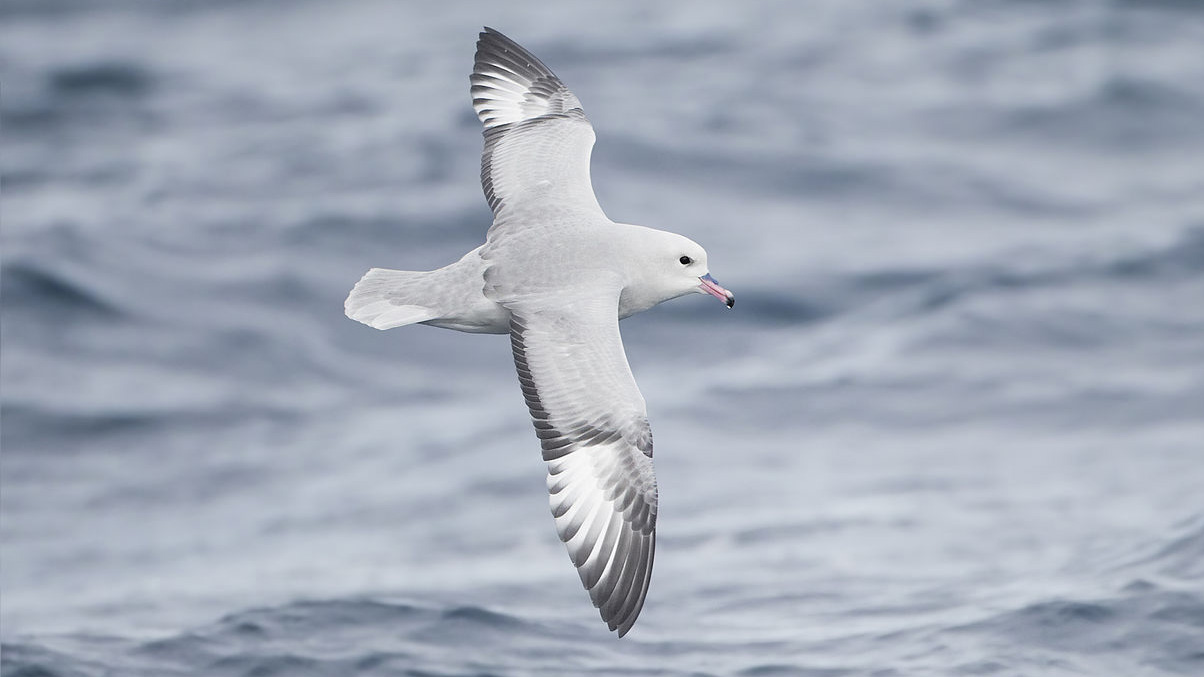 © JJ Harrison
© JJ Harrison25. Anemones
New species of Antarctic anemones are still being discovered. Some live upside down under the ice shelf, others live on the backs of sea snails, and still others have been found as deep as 3,200 meters. We may not know much about these invertebrates, but they are versatile and adapt to different habitats.
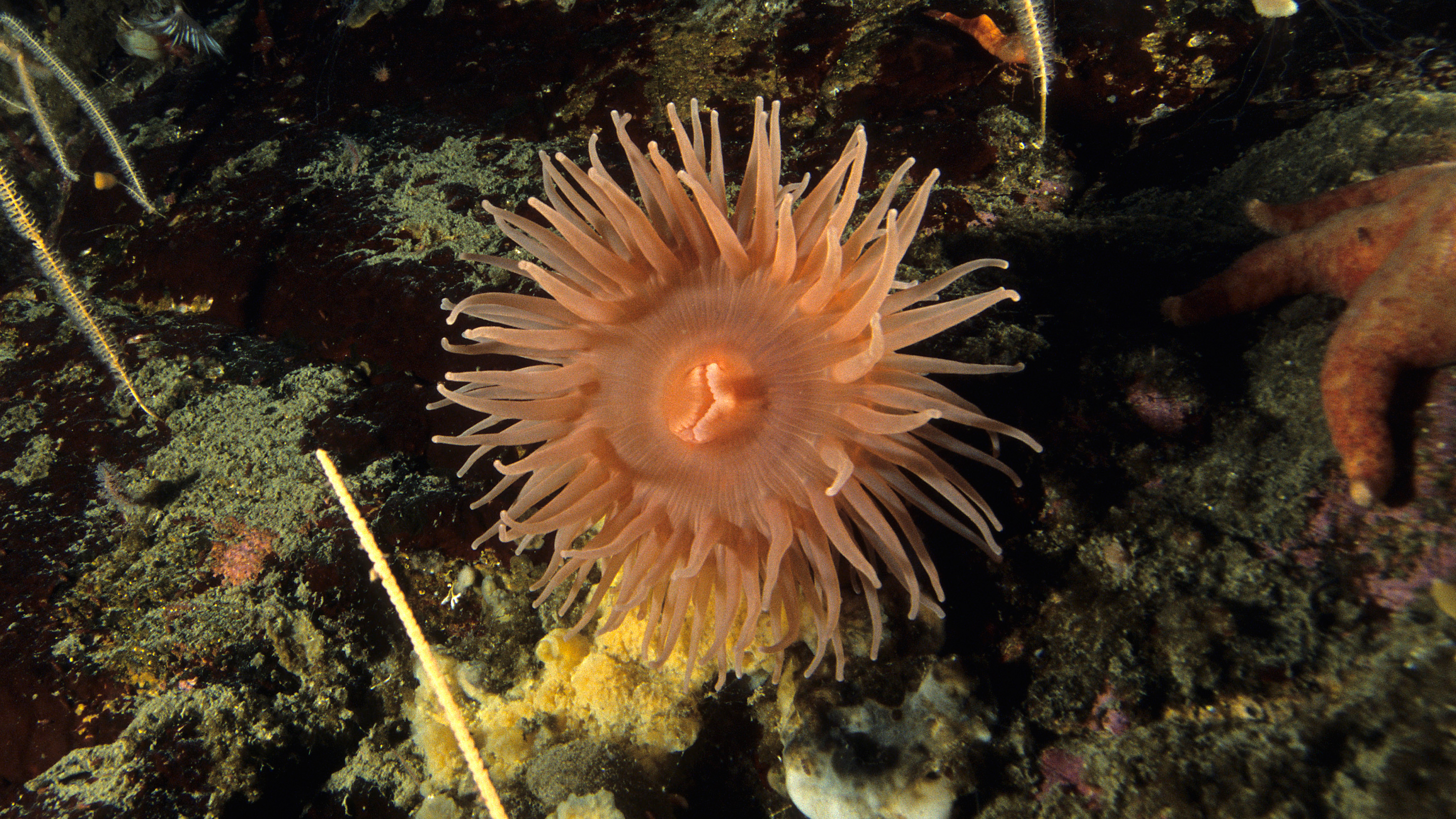 © Getty Images/WaterFrame RM
© Getty Images/WaterFrame RM24. Antarctic toothfish
Antarctic toothfish may be best known by its commercial name, Chilean sea bass. Also called the “shark of the Antarctic,” it is a top predator and vital to ecosystem balance. We know little about this deep-dwelling fish, and need to carefully monitor this and other fisheries to better ensure overall marine stability.
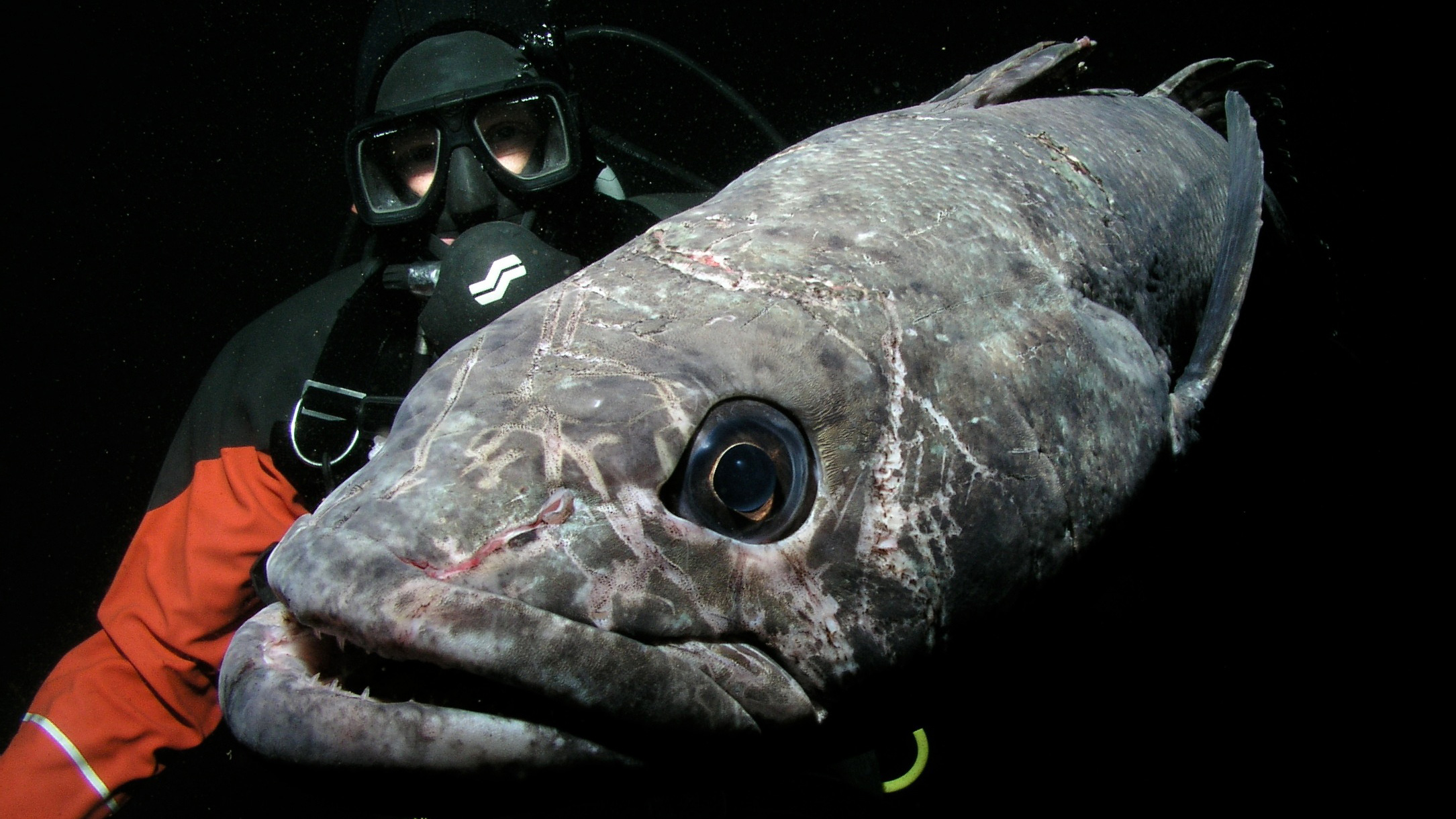 © Rob Robbins
© Rob Robbins23. Antarctic mollusks
Mollusks are plentiful across the Southern Ocean ecosystem, with 163 species of bivalves and 568 species of gastropods. Since 2003, 195 new species have been discovered. Bivalve and gastropod mollusks are extremely vulnerable to climate change and ocean acidification, which can weaken and dissolve their external calcium carbonate shells. Be sure to check back on for the next 11 species in our countdown.
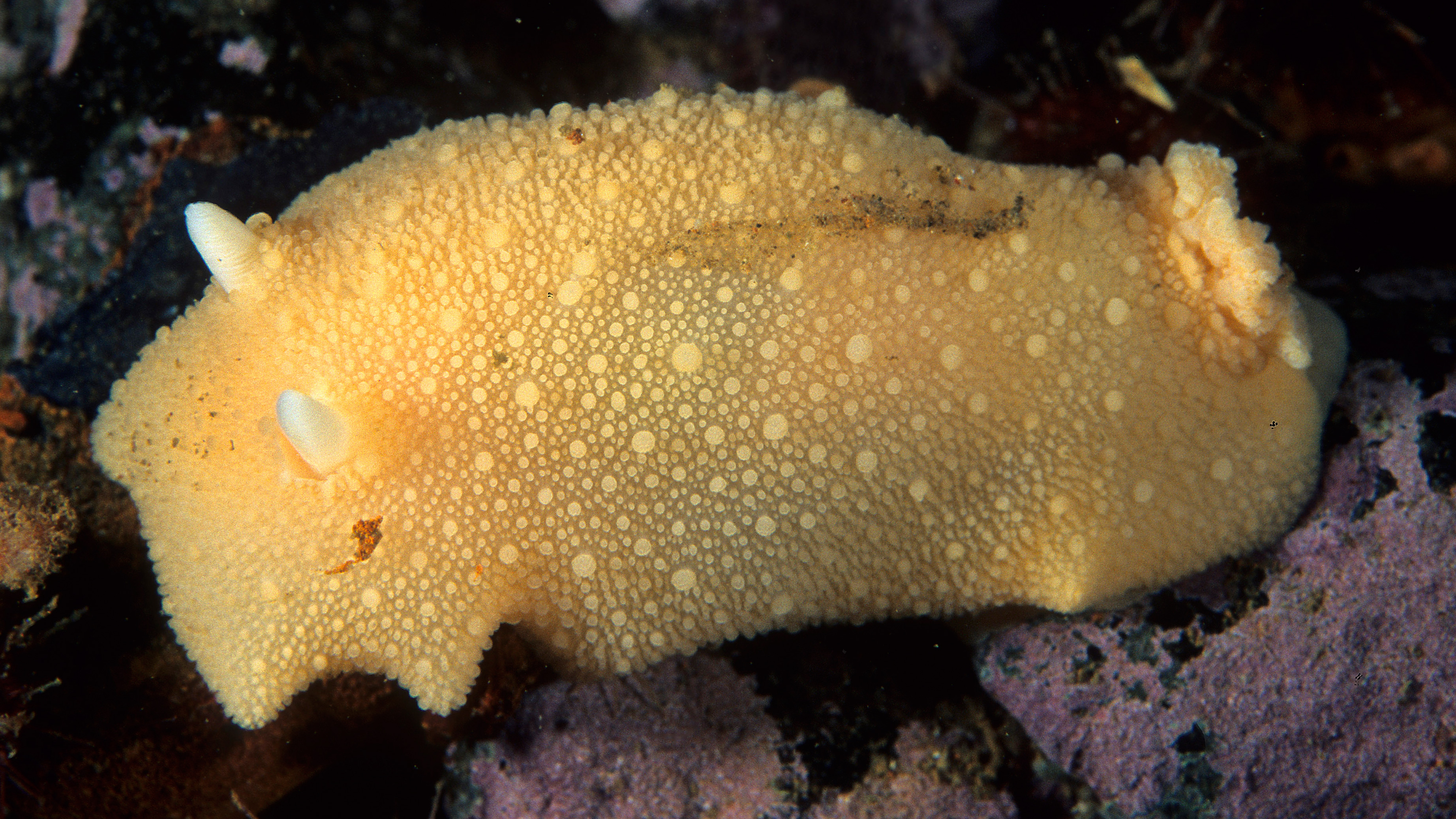 © Getty Images/WaterFrame RM
© Getty Images/WaterFrame RMBe sure to check back on September 26, 2014 for the next 11 species in our countdown.











